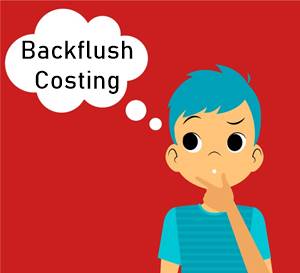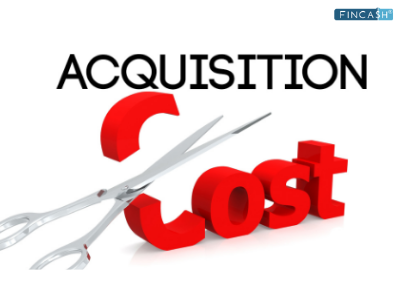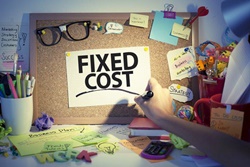
Table of Contents
Backflush Costing
What is Backflush Costing?
Also known as backflush Accounting, backflush costing is one such product costing system that is basically used in just-in-time (JIT) inventory. In simple words, it is the accounting system that helps to record the costs linked with developing a product or a service once they are developed or sold.

Towards the end of the production, it eradicates the comprehensive tracking of expenditure like labour costs, raw material, and more; used throughout the process of Manufacturing.
How Does it Work?
At the end of the process, backflush helps to record the total cost of production. Thus, companies that use this costing method primarily work in a backward direction as they calculate the cost after products have been shipped, finished or sold.
To execute this, companies put standard charges on products. Sometimes, costs may also differ; thus, companies must recognize this variation in actual and standard costs. Generally, the costs of products are evaluated during several stages in a production cycle.
By eradicating the work-in-process accounts, backflush costing helps to simplify the accounting process and save money significantly.
Talk to our investment specialist
Merits and Demerits of Backflush Costing
Basically, backflushing accounting seems like a sensible way to avert several complications linked with assigning costs to the inventory and products. Not recording costs during several production stages to help companies save time and decrease expenses. Thus, companies that are looking forward to decreasing bottom lines can use this method.
However, on the other hand, it could be quite challenging as far as implementation is concerned. Moreover, backflush costing is an option that is not easily available for every company. On top of that, businesses that implement this costing method may lack a chronological audit trail.
Conditions to Follow
Generally, companies that use this costing method have to meet a handful of conditions. Here's a glimpse of them:
Backflush costing should not be used for products that consume a lot of time to get manufactured. The reason behind it is as more time is spent, it becomes difficult to assign accurate standard costs.
The process is not appropriate for the fabrication of customized good as it needs the creation of a specific bill of materials for every manufactured item.
When the finished good or inventories held by a company is low, the bulk manufacturing costs flow into costs of products sold, and it is not regarded as inventory cost.
All efforts have been made to ensure the information provided here is accurate. However, no guarantees are made regarding correctness of data. Please verify with scheme information document before making any investment.












